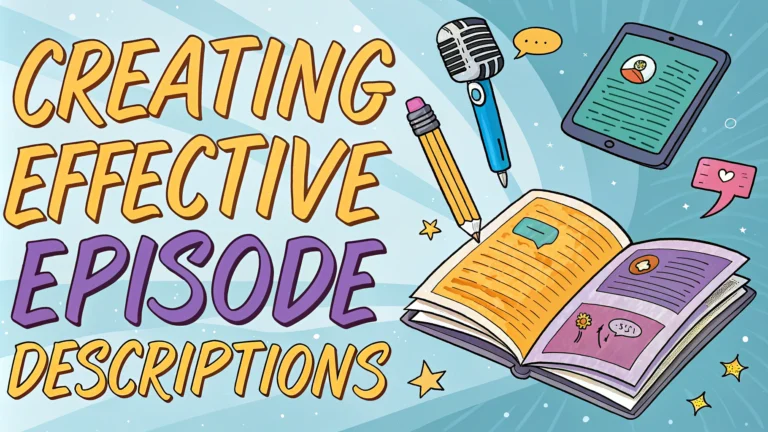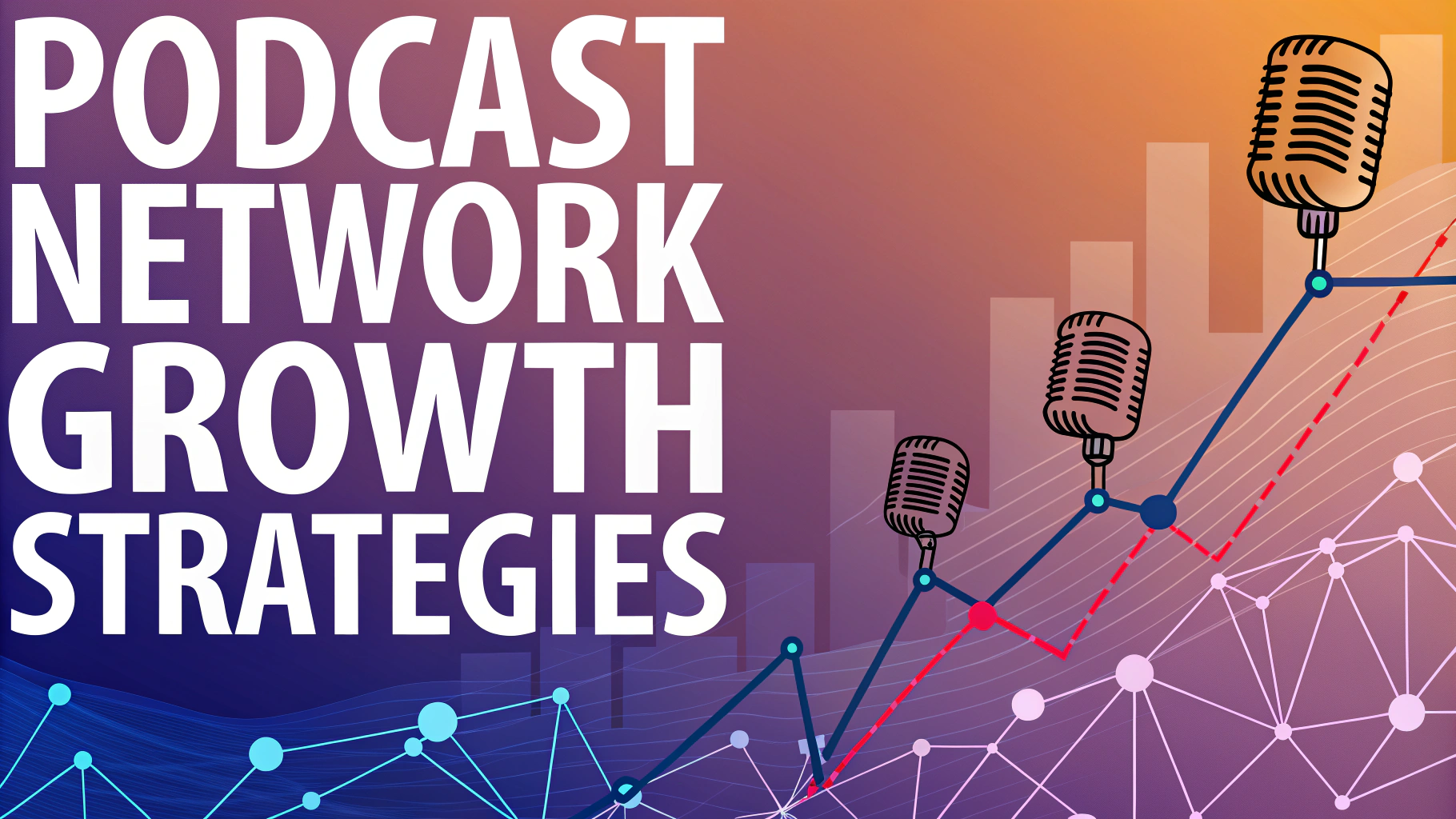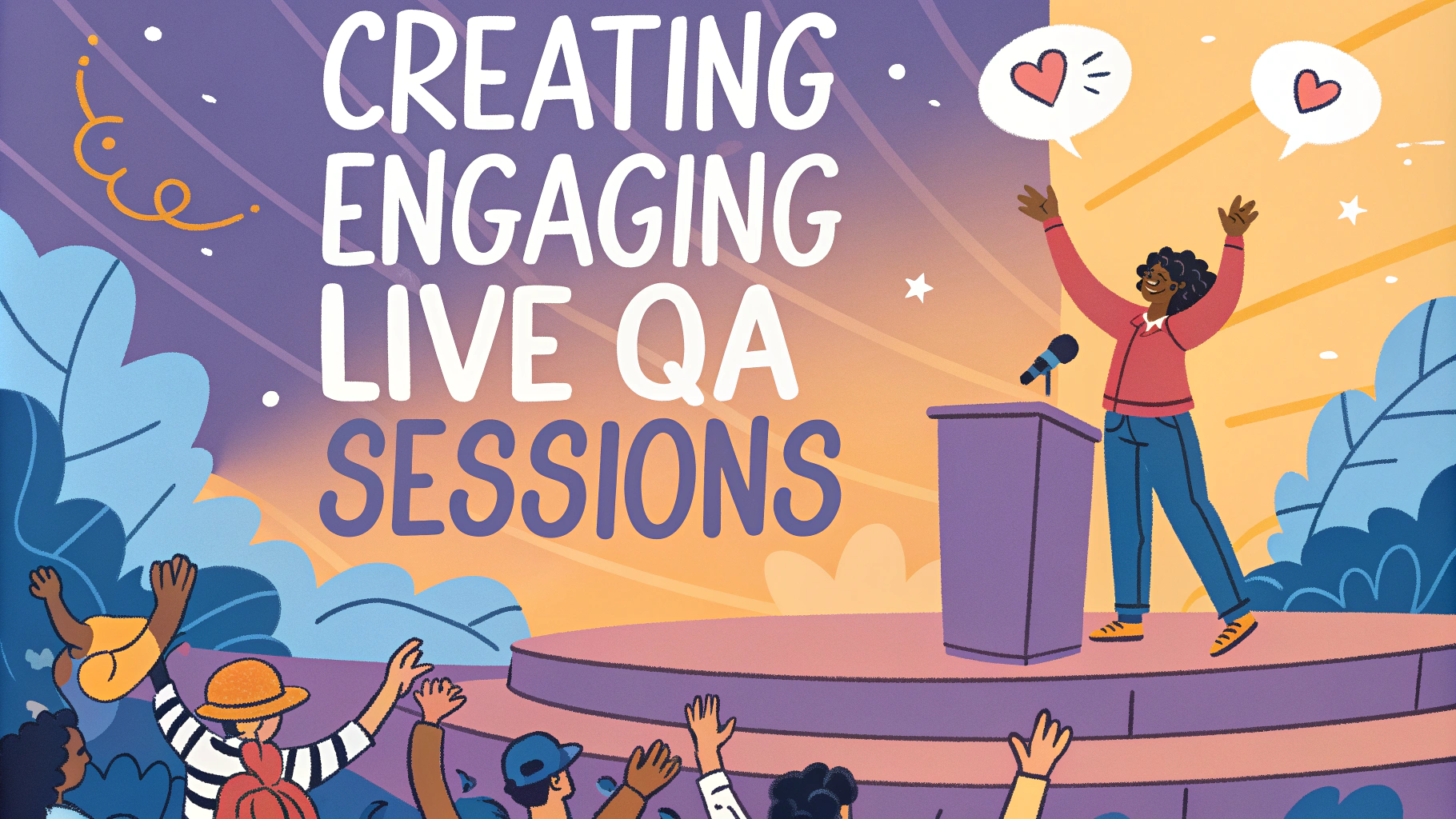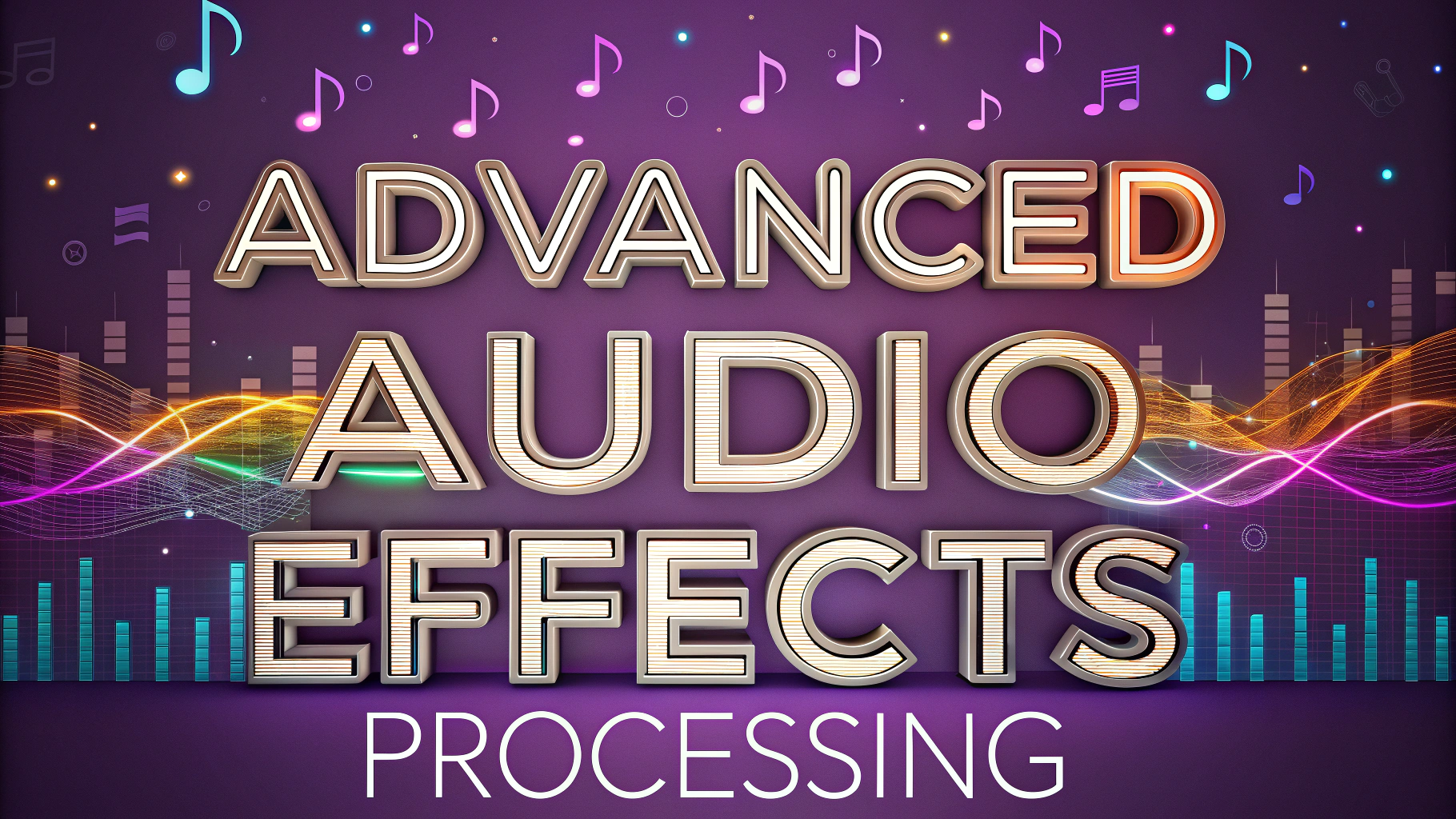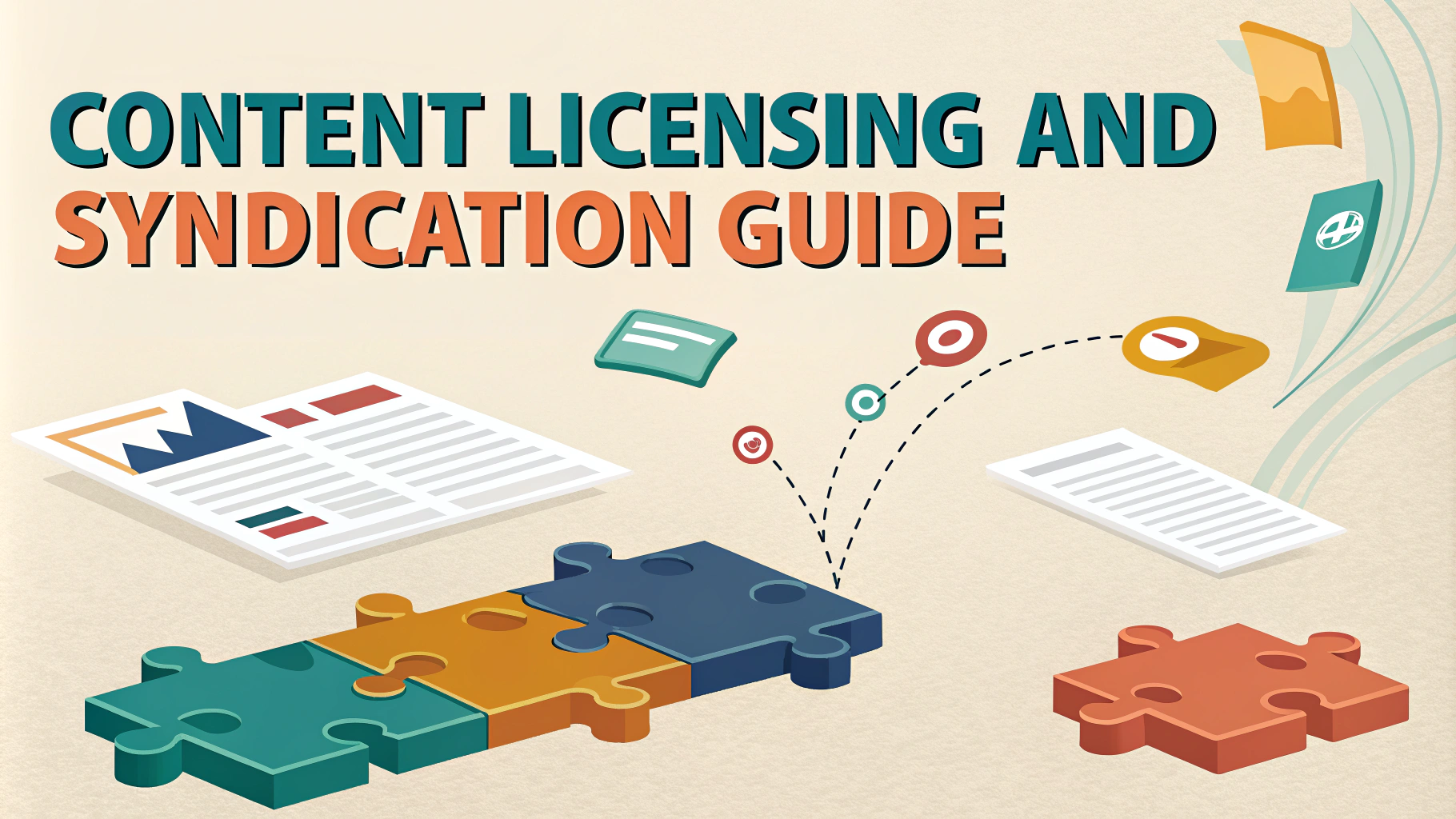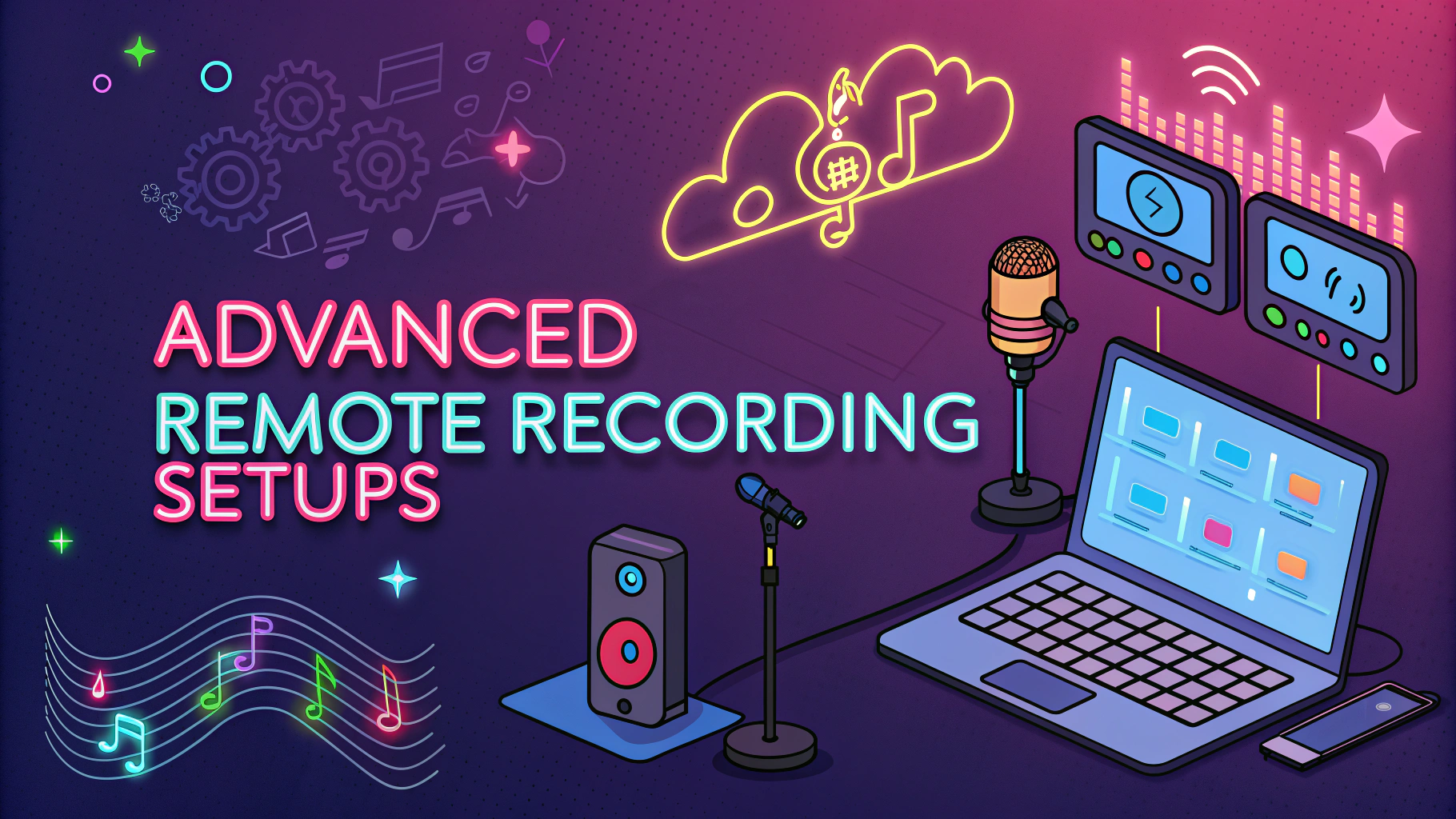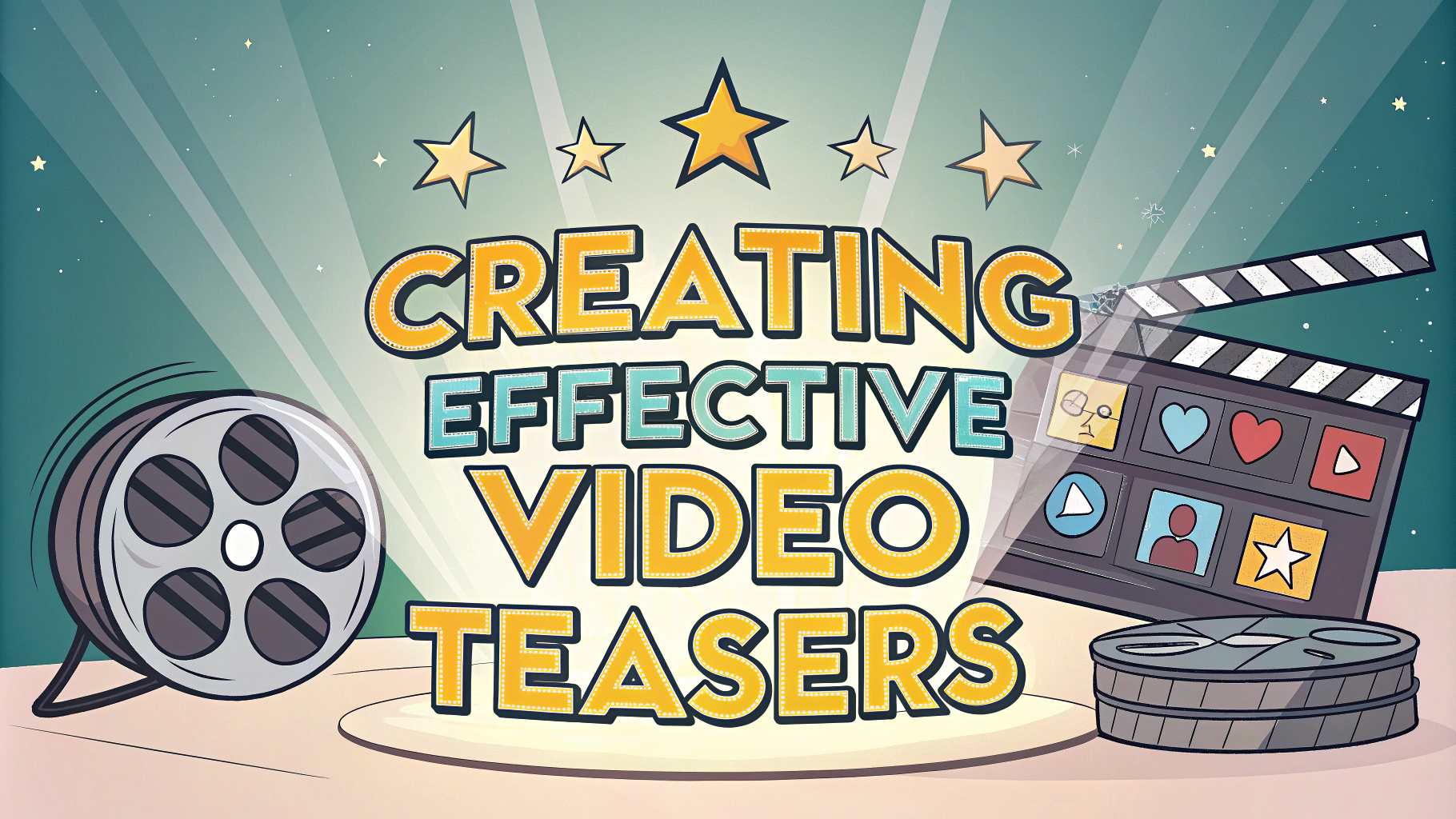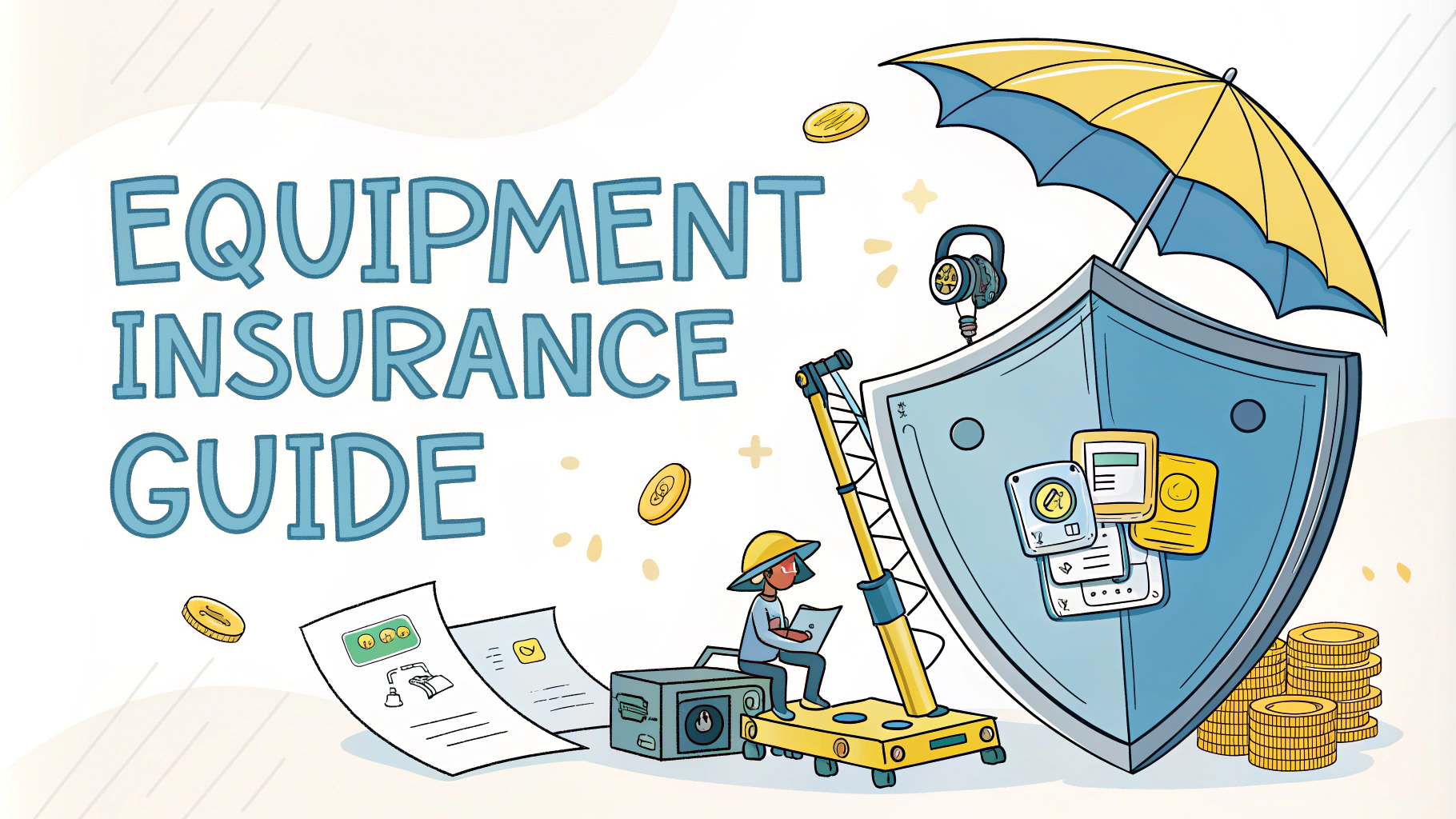Episode descriptions help potential listeners quickly understand what your podcast episode is about and decide whether to tune in.
A well-crafted description can boost your show’s discoverability in podcast directories and search engines while setting clear expectations for your audience.
This quick guide covers the key elements of writing compelling episode descriptions that attract listeners and improve your podcast’s visibility.
Key Elements of Effective Episode Descriptions
- Clear, concise summary of episode content
- Keywords relevant to your topic
- Timestamp links to key segments
- Guest credentials (when applicable)
- Call-to-action for engagement
Writing Tips for Better Descriptions
Start with the most compelling information in the first 1-2 sentences to grab attention immediately.
Include specific details about what listeners will learn rather than vague statements.
Keep descriptions between 100-200 words for optimal readability and impact.
Use short paragraphs and bullet points to break up text and make it scannable.
Structure Your Description
- Hook: Engaging opening line
- Summary: Brief overview of main topics
- Value: What listeners will gain
- Topics: Key points covered
- CTA: Clear next steps
SEO Optimization Tips
Include relevant keywords naturally within the first sentence of your description.
Use your show’s name and episode number in a consistent format.
Add related hashtags at the end of your description for social sharing.
Example Template
[Episode #]: [Compelling Title] [1-sentence hook] [Brief summary of value] In this episode: - Key point 1 - Key point 2 - Key point 3 [Guest bio if applicable] [Call to action]
Common Mistakes to Avoid
- Writing overly long descriptions
- Using unclear or vague language
- Forgetting to include key topics
- Missing calls-to-action
- Keyword stuffing
Tools for Description Writing
Google Trends (trends.google.com) helps identify popular search terms related to your episode topic.
Hemingway Editor (hemingwayapp.com) assists in making descriptions clear and concise.
AnswerThePublic (answerthepublic.com) reveals common questions people ask about your topic.
Taking Action
Review your current episode descriptions and update them using these guidelines.
Create a template based on your most successful episode descriptions.
Test different description formats and track which ones generate more listens.
Best Practices for Implementation
Establish a consistent workflow for creating episode descriptions before publishing each episode.
Document your description format in your podcast’s style guide to maintain consistency across episodes.
Set up templates in your podcast hosting platform to streamline the publication process.
Measuring Description Effectiveness
Key Metrics to Track
- Episode click-through rates
- Listener retention rates
- Search ranking positions
- Social media share counts
- Website traffic from podcast directories
Advanced Description Strategies
Include episode transcripts or detailed show notes below the main description for enhanced SEO value.
Create custom thumbnails that complement your description text and attract visual attention.
Cross-reference related episodes to keep listeners engaged with your content.
Maximizing Your Podcast’s Potential
Well-crafted episode descriptions are a crucial element in your podcast’s growth strategy.
Regularly update and optimize your descriptions based on performance data and listener feedback.
Implement these guidelines consistently to build a professional and engaging podcast presence that attracts and retains listeners.
FAQs
- What should be included in a podcast episode description?
A good episode description should include the main topic, key points covered, guest information if applicable, timestamps for major segments, relevant links, and a clear call-to-action. - How long should a podcast episode description be?
The ideal length is between 150-300 words. This provides enough detail to inform listeners while remaining scannable and SEO-friendly. - Should I include keywords in my episode descriptions?
Yes, incorporate 2-3 relevant keywords naturally within the description to improve searchability, but avoid keyword stuffing as it can hurt SEO and readability. - Do I need to include timestamps in every episode description?
While not mandatory, timestamps are highly recommended for episodes longer than 20 minutes as they help listeners navigate to specific content and improve user experience. - What formatting elements work best in episode descriptions?
Use short paragraphs, bullet points when listing topics, clear spacing, and proper punctuation. Most platforms support basic HTML formatting. - Should episode descriptions be written before or after recording?
Write a draft before recording to guide your episode, then refine it after recording to ensure accuracy and include any unexpected but valuable discussions that emerged. - How can I make my episode descriptions more engaging?
Start with a hook or compelling question, highlight valuable takeaways, include guest credentials if applicable, and end with a clear call-to-action. - Where should links be placed in the episode description?
Place the most important links near the top of the description, with additional resources at the bottom. Always use clear anchor text to describe where links lead. - Should I include the same description across all podcast platforms?
While the core content should remain consistent, optimize descriptions for each platform’s specific character limits and formatting requirements. - How do I optimize episode descriptions for voice search?
Use natural language and complete sentences, incorporate question phrases, and focus on conversational keywords that people might speak when searching.
